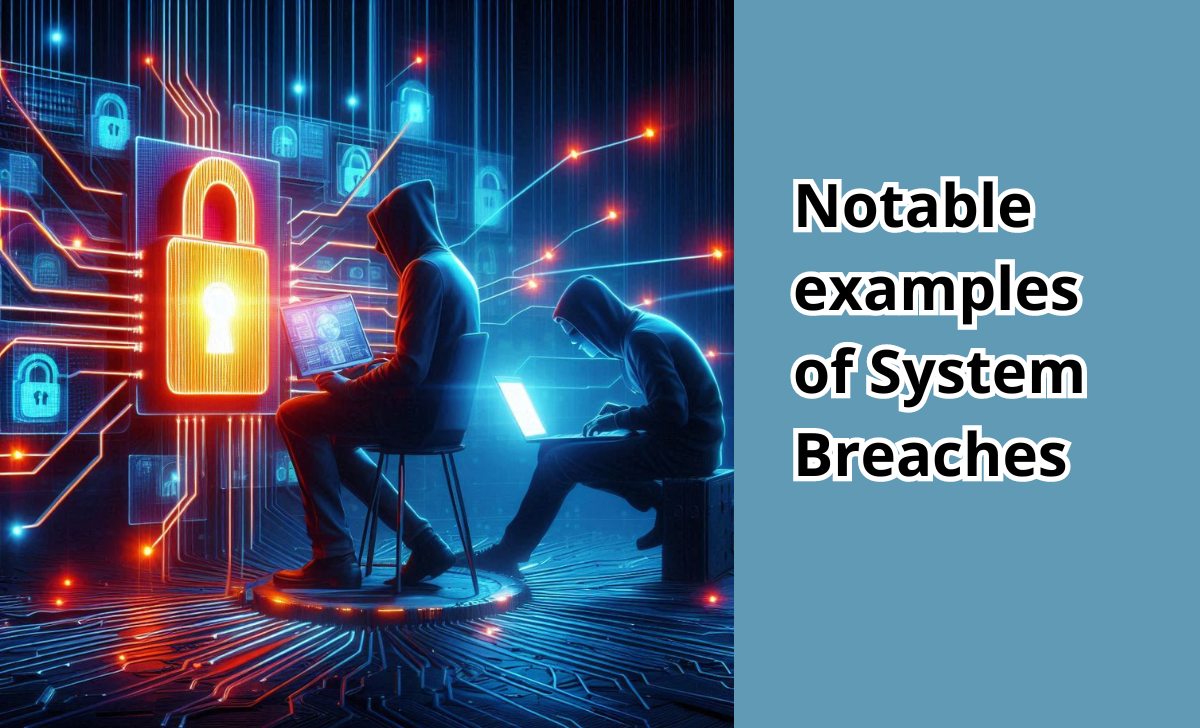System breach is one of the greatest threats to cybersecurity today. Understanding system breaches and effective preventive measures is essential to protecting data and information systems from unwanted risks.
To gain a better understanding of system breaches and related information, follow the article below from AZCoin!
What is a System Breach?

A system breach refers to unauthorized access into a computer system or information network. When a system breach occurs, attackers may gain access to, alter or steal critical data, causing severe damage to the organization or individual that owns the system.
System breaches not only affect the security of information but can also disrupt business operations and result in significant financial losses.
Causes of System Breaches
There are many causes of system breaches, with the following being the most common:
- Security Vulnerabilities in the System: Systems may contain undiscovered or unpatched vulnerabilities that provide entry points for attackers.
- Internal Employees: Mistakes such as opening emails with malware or using weak passwords can inadvertently open doors for attackers.
- External Attacks: Hackers may use sophisticated techniques like phishing or social engineering to infiltrate the system.
- Outdated Software: Software that is not updated regularly is vulnerable to attacks due to known security flaws.
Common types of System Breaches

Here are common types of system breaches that organizations should be wary of:
- Phishing and Social Engineering: Attackers use deceptive methods to steal login credentials or personal information from users.
- Malware and Ransomware: Malicious software can be installed on the system to cause harm or encrypt data, demanding a ransom for decryption.
- DDoS (Distributed Denial of Service): Denial of service attacks overwhelm the system and cause it to become non-functional.
- Advanced Persistent Threats (APT): These are long-term, well-planned attacks targeting specific goals, often very difficult to detect.
In addition to understanding system breaches, you may also find it useful to read similar informative articles like What is a security breach, What is a Data Breach, Network Breach: Definition, causes and prevention,…
Consequences of System Breaches
System breaches can have severe consequences, including:
- Loss of Data and Sensitive Information: Important information such as customer data, financial details or trade secrets may be stolen or destroyed.
- Financial Damage: The cost of mitigating a system breach is high, including expenses for data recovery, enhancing security systems and fines from regulatory bodies.
- Loss of Reputation and Customer Trust: System breaches can diminish trust from customers and business partners, causing long-term damage to the brand.
- Recovery Costs and Time: Restoring the system to a secure state after an attack requires significant time and resources.
Preventive measures against System Breaches

To prevent system breaches organizations should implement the following measures:
- Regular Updates and Patching: Ensure that all software and operating systems are updated with the latest security patches.
- Use Robust Security Software and Firewalls: Deploy advanced security solutions to detect and block threats.
- Employee Training on Cybersecurity: Enhance awareness and train employees on security risks and how to handle suspicious situations.
- Conduct Regular Security Assessments: Perform regular security tests to identify and address vulnerabilities in the system.
Response to a System Breach
When a system breach occurs, take the following steps for effective response:
- Identify and Isolate Affected Areas: Quickly determine the scope of the attack and isolate affected parts of the system to prevent further spread.
- Notify Relevant Parties: Inform relevant departments and authorities for timely support and guidance.
- Restore the System from Backups: Use data backups to restore the system to its state before the attack.
- Analyze the Cause and Improve Security: Investigate the cause of the attack and implement improvements to prevent future incidents.
Additionally, you may want to review our list of the best crypto exchanges 2024 to trade safely and effectively.
Notable examples of System Breaches

Several notable system breaches in history have shaken the cybersecurity community:
SolarWinds Attack (2020)
This was one of the most complex APT attacks in recent years. Attackers infiltrated SolarWinds’ network management system and inserted malware into the company’s software updates. As a result, thousands of organizations, including government agencies and large enterprises, were affected, allowing attackers to access sensitive information and monitor the activities of the targeted organizations.
Capital One Attack (2019)
In 2019, Capital One, one of the largest banks in the U.S., was the victim of a significant attack. The attacker exploited a vulnerability in Capital One’s web application, leading to the theft of data from over 100 million customers. Stolen information included credit card data, financial details and other personal information. The attack caused financial damage and severe reputational loss for the bank.
Marriott International Attack (2018)
In 2018, Marriott International disclosed that data from approximately 500 million customers had been stolen in an attack that began in 2014. The stolen data included personal information, passport numbers and reservation details. This attack led to a major security and privacy crisis, affecting Marriott’s reputation and credibility.
The future of System Breaches and security Trends
In the future, system breaches may become more complex as attackers use artificial intelligence (AI) and machine learning to exploit security vulnerabilities more effectively.
To combat this, security will adopt new technologies such as Zero Trust Architecture, which requires authentication for all access and Endpoint Detection and Response (EDR), which helps monitor and respond to threats promptly. Cloud-based security and blockchain technology will also enhance data and system protection, providing stronger tools for analysis and response to attacks.
Conclusion
In summary, system breaches are one of the greatest threats to cybersecurity today. Understanding the causes, consequences and preventive measures is essential for protecting an organization’s systems and data. To stay updated with the latest information and effective security solutions, always follow AZcoin!

I am Louis Dang, living in Ottawa, Canada. I am currently working as a trader for AZCoin company, with 7 years of experience in the cryptocurrency market, I hope to bring you useful information and knowledge about virtual currency investment.











